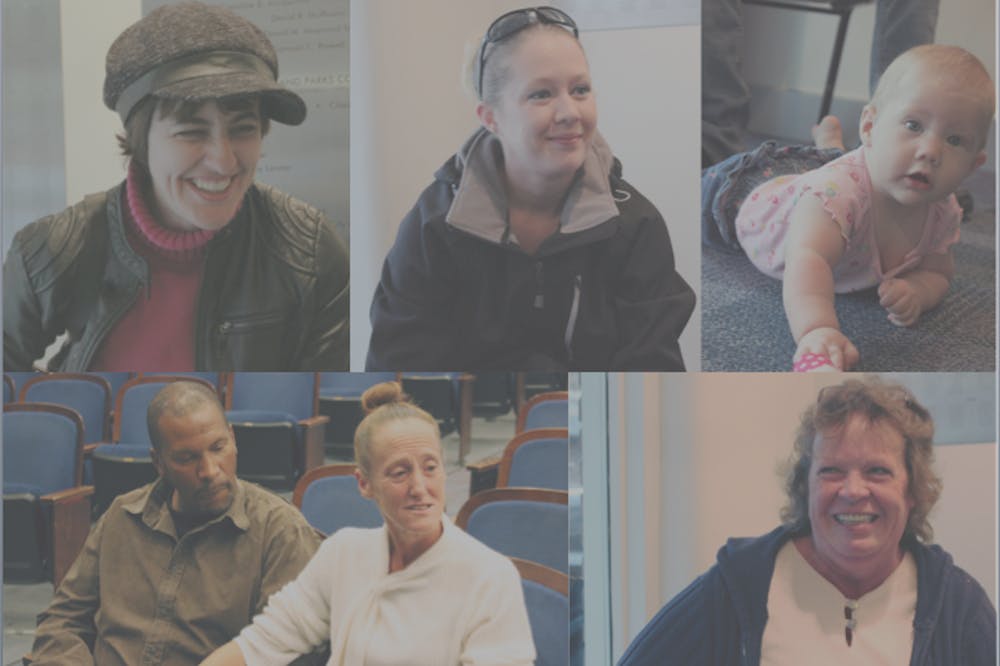Home | Overview | Transportation | Housing | Jobs | Food Insecurity | Children in Poverty | Incarceration | Inside a Shelter
Elements of poverty
For many people, it’s not surprising that poverty is high in Alamance County. In 2009, 15 percent of county residents were in poverty, including one-in-five children.
But even though this is a problem everyone seems to know about, little is changing. Now, nearly one-fifth of Alamance County residents are in poverty, including almost one-in-three children.
This county sits at the center of the state, acting as a corridor through which Interstate 85-40 flows. At one time, Burlington Industries was the world’s largest textile manufacturer. Now, Alamance County’s equality in standard of living continues to dwindle. Even when the rest of the state started to plunge during the 2007-2008 recession, poverty and unemployment were already higher than the state at large.
But the recession brought plenty of bad news for Alamance County. In early 2013, unemployment insurance was cut at the state level to pay back loans to the federal government, then again this summer. Other programs, like child care subsidies, the Home and Community Care Block Grant and mental health funding, were also cut. In addition, the state rejected an expansion of Medicaid and cut eligibility services in the process.
At the local level, the county’s largest food bank, Loaves and Fishes, closed in 2013, increasing the burden on other community outreach programs immensely. And while a public transportation program is in the works, Alamance County residents are still stuck without a means to get to a job until then.
Many people know about Alamance County’s poverty problem. Some may know about the various changes in government and society that exacerbate the issue. But when all of the elements of poverty are put together, it is clear that today, 50 years after President Lyndon Johnson announced a War on Poverty, the war effort is insufficient.
There are many organizations and community groups working to get people into a more stable position in the county and with more collaboration than one sees in a more funded, more populated area. But even people working in these charities and social programs say that, in lieu of adequate funding and resources, the problem will continue the way it is.
And when talking to people living with homelessness or poverty or instability, the need to end poverty becomes more apparent.


